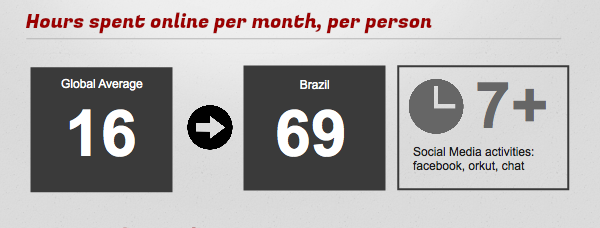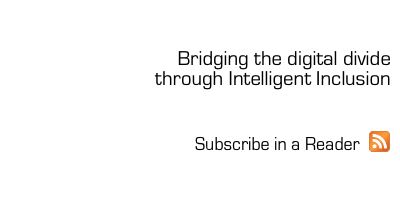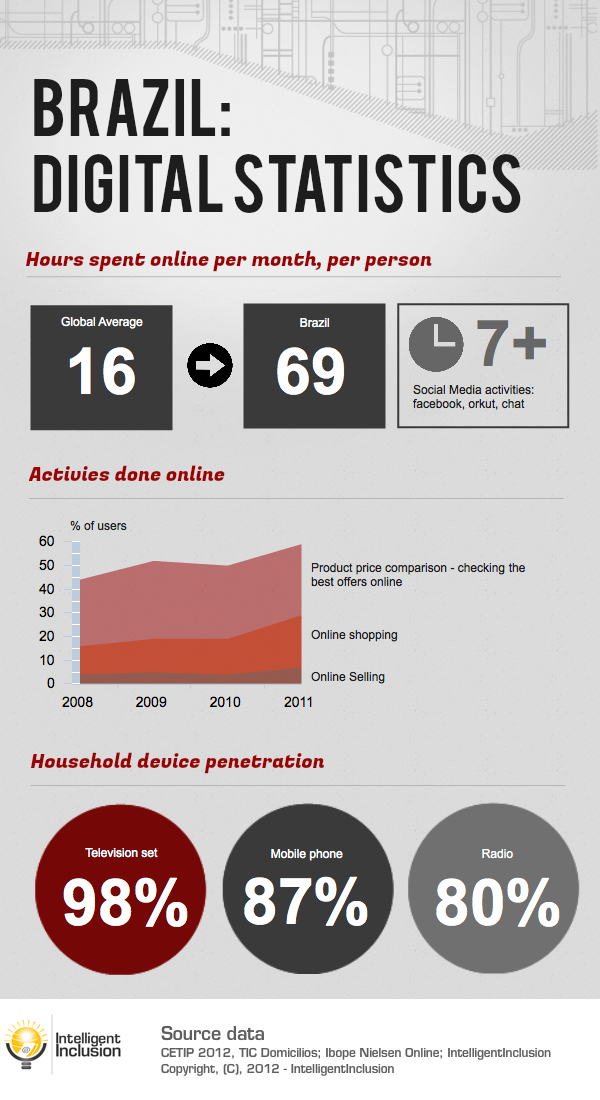
No one disputes that the Internet became a powerful media. Once the land of the young and early adopters, it is used now by all generations, and for longer periods of time. Globally, we spend more than 16 hours per month online, with some countries way above the average. US users spend 32 hours connected (2010 data), while in Brazil people spent staggering 69 hours per month (Ibope 2012 data).
So, we are now logging in more than 7 hours per month in Social Media. That is a special relaxing time; we want to connect with our friends, family, and also to interact with our favorite brands. Facebook’s “Like” is simple and effective. It is not only to show other people my preferences; it became an open channel to receive information. An opt-in, something that is extraordinary hard to get on traditional channels. Twitter is even easier; it was built to allow us to track them on real time, every day.
One thing that most brands forget, and I don’t understand why, is that social media gave everybody a very loud voice. Getting Brazil as a reference again, it is estimated that we have close to 500 online friends, on average. One unpleasant experience is immediately shared with all your friends. And really miserable experiences are shared again, retweeted and go viral.
This week one consumer tried to buy from an online store here. With a problem in the delivery, she contacted the “responsible” for customer handling. During the exchange of messages, the customer representative used expletives to describe her… As expected, it went viral in a few hours. The company owners had to come online and do a substantial apology to try to save the company’s image. This was a small business, but something similar happened to a major local cable company. The same trend can be seen around the world, even in the largest businesses that have extensive experience with traditional media: Chrysler, Kenneth Cole, Go Daddy and many other organizations had their share of disasters.
In most of the cases, we see that inexperienced employees were handling the social media activities. By neglecting the proper attention and resources, executives demonstrate that they lack the understanding of both the reach and impacts of their actions. Once published, posted or commented, the message will stay on the web; it only takes a quick screen capture to guarantee that the message will move on.
Most companies have babyboomers running them. They were born and raised in a different world, with much more control of the communication, different values and level of engagement with their customers. I am a Generation X, and a considerable number of my colleagues still do not understand the new reality. Recognizing that behaviors have changed, customers are more active, and that much more effort should be put in engaging with them is a priority. Taking a step back, looking at it with fresh eyes is something that executives should be doing. Otherwise, they will learn from crises that could have been avoided.
And you, what do you think about it?
Cheers,
Caetano Notari
Recommended reading:



{ 0 comments… add one now }
You must log in to post a comment.